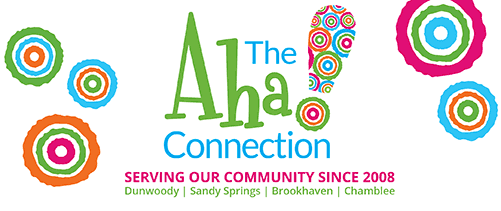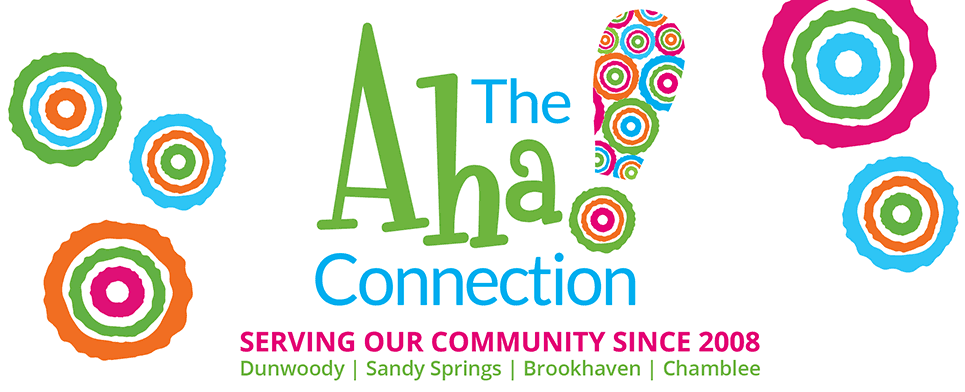 by Christina Mimms
by Christina Mimms
SAIS
Reposted with Permission- click here for original article
Admissions officers working with high school applicants follow fairly universal standards: they review SSAT scores, transcripts, and extracurricular involvements, and may even interview students one-on-one. But how do they evaluate someone whose greatest skill may be stacking Legos? For the younger learners entering preschool programs at independent schools, admissions directors and principals find different ways to assess these petite pupils.
Admitting 3-year-olds to school carries a certain level of responsibility. These students and their families will comprise the future of the school – the seeds for future growth. It’s a long-term relationship that begins when a parent first inquires at the school and lasts through their child’s graduation.
“The goal is to think about nine years with that child,” said Rhonda Mitchell, early learner division head at Trinity School in Atlanta, which serves students from 3 years old through 6th grade. Young applicants participate in a 45-minute observation on campus in which faculty evaluate what the children have been exposed to, how they communicate, their energy and excitement level, and any academic skills, such as knowledge of colors. Three-year-old applicants participate in an individual observation; Pre-K applicants have both small group and one-on-one observations. When possible, Mitchell or another faculty member visit the children at their current daycare or preschool to see how they interact in their regular environment.
Many of the skills the school looks for in a potential student are quite intangible, according to Director of Admissions Brad Brown. “We’re looking for motivation, curiosity, willingness to engage, and a partnership between the family and the school,” he said. Self-regulation, an ability to self-soothe, and how a child is led by an adult other than a relative are important qualities also. “We have to believe that we can support them and that they have background knowledge we can build on,” he said.
 To add more tangibles to the process of early learner admissions, the Enrollment Management Association (formerly known as SSATB) in 2015 established an Early Childhood Working Group, which is chaired by Nancy Hayes, director of admissions at Carolina Friends School in Durham, NC, a school that serves children from 3 years old through 12th grade. After surveying member schools about their admission methodology for applicants from Pre-K through 2nd grade, the association found myriad processes. IQ tests were given to children as young as age 3, and group play assessment techniques varied widely.
To add more tangibles to the process of early learner admissions, the Enrollment Management Association (formerly known as SSATB) in 2015 established an Early Childhood Working Group, which is chaired by Nancy Hayes, director of admissions at Carolina Friends School in Durham, NC, a school that serves children from 3 years old through 12th grade. After surveying member schools about their admission methodology for applicants from Pre-K through 2nd grade, the association found myriad processes. IQ tests were given to children as young as age 3, and group play assessment techniques varied widely.
The Early Childhood Working Group is continuing its research and will report to the board of the association in September. “We’re not leaning toward a standardized vehicle of assessment necessarily, but a toolkit of practices,” Hayes said. “The work we do at the younger end of admissions is tougher than one might think.”
The group also hopes to be able to provide some training for faculty, particularly for the observations that are so common at independent schools. “So much comes from the observer’s expertise and the time they spend with the children,” Hayes said.
Carolina Friends also holds Saturday small-group observations of 4- and 5-year-old applicants. Children experience various activities involving their choices and attend a story time. Faculty look for their engagement, self-regulation, social skills, gross motor skills, and their attention during the story. “It’s informing us where the child is on the developmental structure,” Hayes said. “We’re looking for the possibilities.”
Occasionally, someone has a bad day and there might be some tears, in which case the school will schedule a revisit or might observe the child at their daycare or preschool. “We will do whatever we can to make it comfortable for them,” Hayes said. “We appreciate the individuality of each child.”
While it is important to keep in mind the unique qualities of each child, Hayes hopes that her group’s work will bring some support and perhaps some standard practices to those responsible for school admissions of young children. “It is more difficult because of the lack of continuity,” she said. “The more we share information, the more we can do.”













